Explained: The Russia Ukraine Crisis
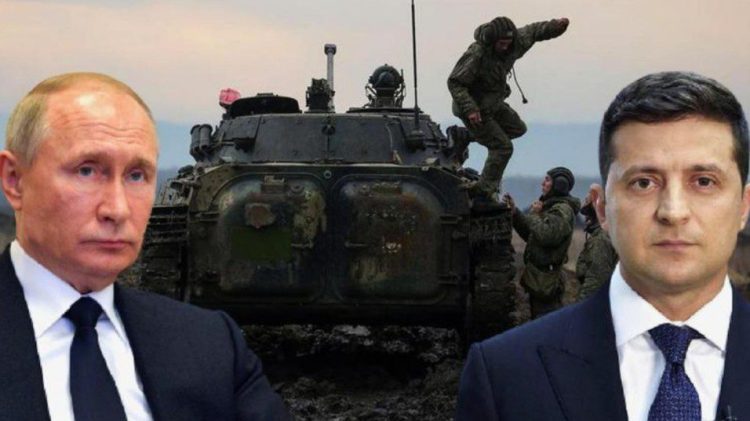

To understand the Russia-Ukraine crisis, we have to travel back in time. Let’s begin with the 9th century. A state called Kievan Rus, where the Slavic people lived. Their capital was Kyiv.
Grand Prince Volodimer governed the Kievan Rus from 980 until 1015. This Slavic state is where Russians and Ukrainians derive their ancestry. In the centuries that followed, a lot changed, and Ukraine spent a lot of time under Russian domination. Both were Soviet republics in the 1900s. Russia was the most powerful of the fifteen republics, with Ukraine coming in second. Ukraine possessed extensive agricultural grounds and housed a lot of defence industries. In fact, it was a hub for much of the Soviet nuclear arsenal.
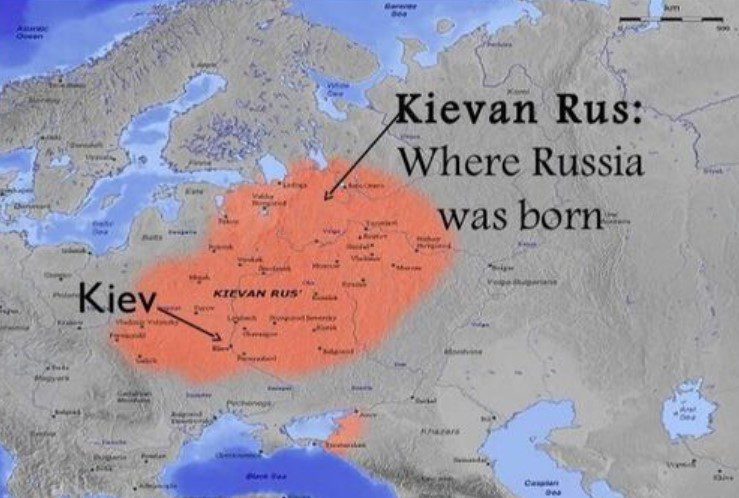
During the Cold War, Ukraine was the United States’ arch-rival. In 1991, the Soviet Union fell apart. Both Ukraine and Russia gained independence. Ukraine inherited much of the Soviet nuclear arsenal, but in 1994, it handed it over to Russia. In exchange, Moscow committed to ensuring Ukraine’s security and preserving its sovereignty. They signed the Budapest Memorandum with Belarus, the United Kingdom, Kazakhstan, and the United States.
Russia and Ukraine From the cold war to 2013
In November 2013, Viktor Yanukovych became the president of Ukraine. He had a reputation for being ruthless, unscrupulous, and, most importantly, openly pro-Moscow. In 2013, he voted against a trade agreement with the EU. This agreement might have resulted in closer ties with the European Union. Yanukovych, on the other hand, chose to accept a $15 billion bailout from Russia. Many Ukrainians felt they were being sold to Moscow, leading to protests. These protests were dubbed Euro and Maidan because they took place in Kyiv’s Maidan, or Independence Square, as we know it now. Protesters chanted “signed the EU Deal” at this location. Yanukovych must resign.
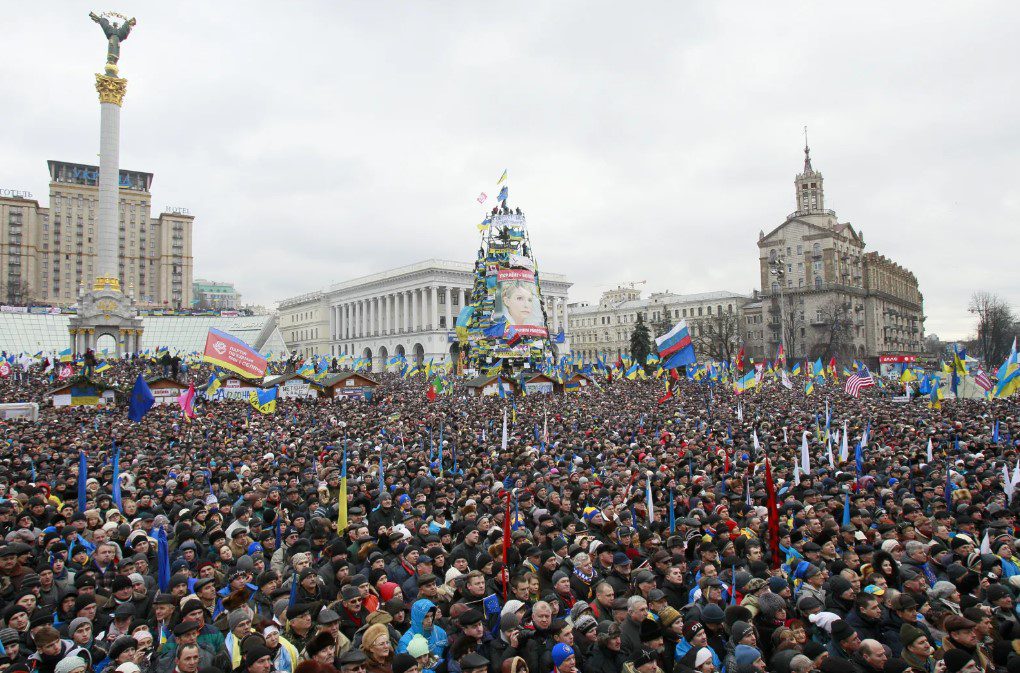
Russia backed the Ukrainian president, while the west backed the protesters. Yanukovich’s government was overthrown in February 2014. The president of Ukraine was forced to flee the country. He took refuge in Russia. This did not sit well with all Ukrainians. Yanukovich was favoured by many in the Russian-speaking east. The minority felt disenfranchised when he was expelled. Russia was enraged that it had lost its proxy on the other side of the border. As a result, Crimea was taken by Moscow in order to rescue the situation.
Why Crimea?
In 1954, Nikita Khrushchev transferred Crimea to the Ukrainian Soviet Union. The Russian Soviet Socialist Republic granted it to Ukraine. But, why?
According to Khrushchev, the transfer was intended to foster “brotherly bonds between the Ukrainian and Russian people”. Because both Russia and Crimea were part of the Soviet Union, this transfer had little impact. When Ukraine declared independence in 1991, Crimea became a part of it, with special autonomy granted to the peninsula. Russian military bases remained in the area. Moscow has pledged to respect Crimea’s independence. Many Russians believed Crimea should never have been allowed to join Ukraine.
When Yanukovych was deposed as Ukraine’s president in 2014, the Russian military began capturing government buildings in Crimea. As a result, the entire peninsula was occupied by the military. On March 16, 2014, Crimeans chose to become a part of Russia in a referendum.
The first question that arises is whether the vote was legitimate. The answer is, that it depends. For Putin, Crimea was liberated; for the rest of the world, Crimea was annexed.
The Minsk Accord
The focus then switched to eastern Ukraine, where separatists supported by Russia had taken control of the region. On July 17, 2014, an aircraft carrying 298 people was shot down by the rebels. Ukrainian forces launched an all-out offensive. The Ukrainian army chose to expel the insurgents. As the rebels began to lose territory, the Russian army intervened. They invaded eastern Ukraine and joined the rebels in battle. A series of discussions between Russia, Ukraine, and the West ensued. The Minsk Accords were the result of it. Both sides agreed to a ceasefire and a military withdrawal when it was first signed in 2014. Ukraine has agreed to hold elections in the rebel-held areas.
The Minsk Accords have remained unimplemented for eight years. Except for Russia, Ukraine is the largest European country. It spans over 600,000 square kilometres, with a population of 44 million, a GDP of over 155 billion dollars, and a per capita income of 3,727 dollars.
Ukraine is split in more ways than one now. The west sees itself as more European, whereas the east, whether in terms of terrain or feeling, is closer to Russia. The majority of Ukrainians speak Ukrainian in the west, while a third are native Russian speakers in the east. The West views Russia with distrust. The East views Russia from the perspective of shared history and tradition. It is also still at war.
In the east, its forces are fighting the insurgents. Rebel leaders are ruling the Donbas region, consisting of Donetsk and Luhansk. Russia has once again dispatched troops, but this time they are stationed right at the border. (As we publish this article, the war has started. Russia is no longer at the border, but inside the Ukrainian terrain.)
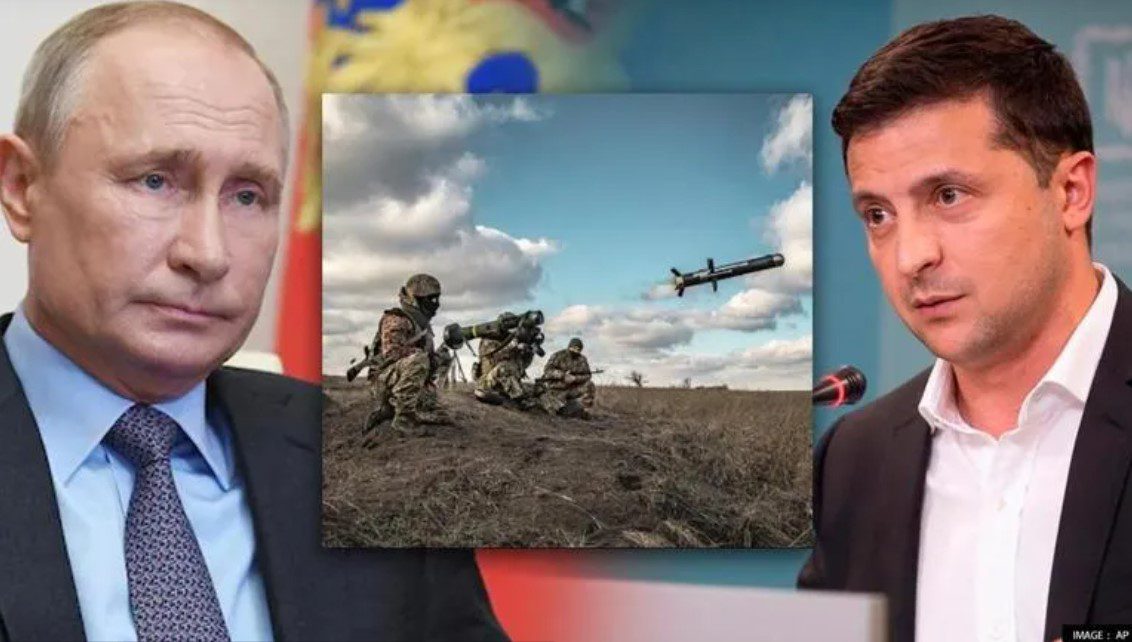
What does Russia’s President Vladimir Putin want?
Halt NATO’s expansion.
The North Atlantic Treaty Organization (NATO) is an alliance of armed forces. Ukraine wants to join NATO as well, but Putin wants NATO to exclude Ukraine and all former Soviet republics, and that’s only half of the story. The past conceals a great deal.
To begin with, many Russians consider Ukraine’s independence to be a blunder. For a long time, Ukraine was governed by Russia. The country has only recently regained its independence. Before 1991, Ukraine was under Russian control. For a brief period before WWI and then again in 1600 it remained Independent. For the rest of its modern history, Ukraine was under Russia.
One out of every six Ukrainians is ethnically Russian, and one out of every three speaks Russian as a first language. Therefore, Putin is correct when he argues they were once one, but claiming Ukraine based on colonial history is false.
Russification of Ukraine
What else does history have to say about it? Russification was imposed on Ukraine by force. Ethnic Russians were sent to this region of the world around 1700. Schools were instructed to teach the Russian language, and the Ukrainian language was outlawed by 1800. Thanks to Soviet tyrant Joseph Stalin, Ukraine was famine-stricken in 1930. Countless people were killed in eastern Ukraine. After that, ethnic Russians were brought in to repopulate the area. The Tatars were forcibly evacuated in the 1940s. Russians were also sent in to replace them. There’s a reason why so many native Russian speakers live in eastern Ukraine today.
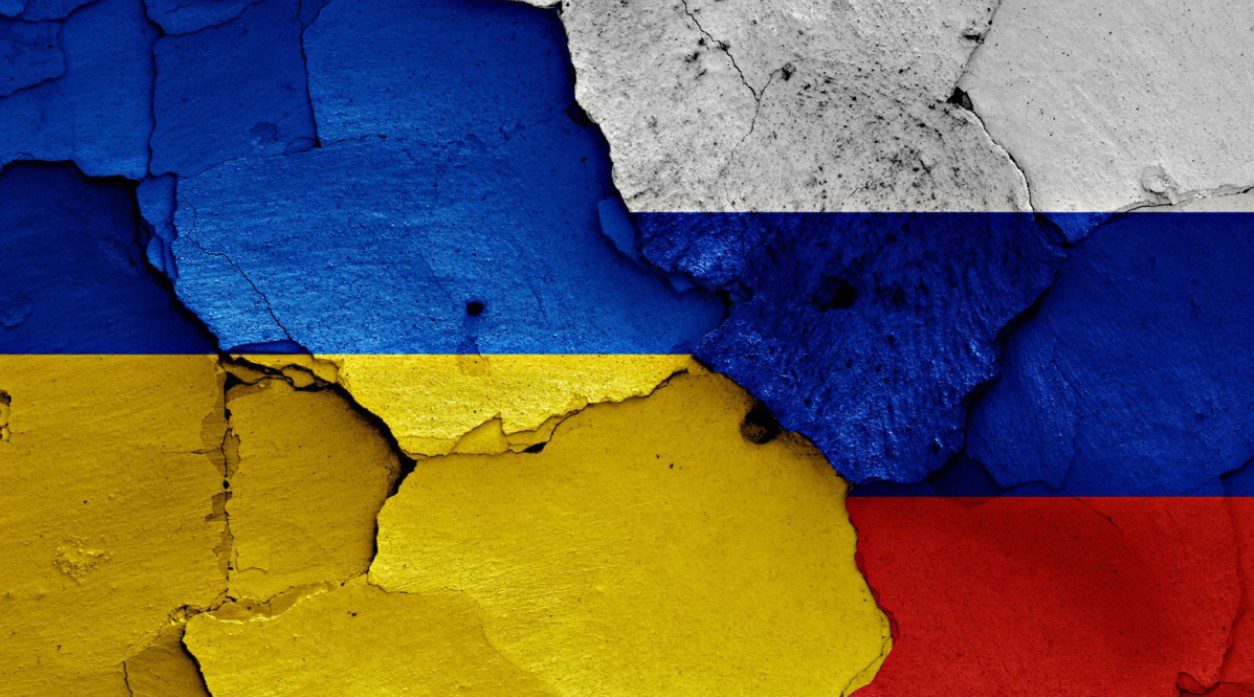
Russification Of Ukraine
Russia has always had a soft spot for eastern Ukraine. Why? because it contains coal, iron, and fertile land. Its historical ties to Russia were coerced. Putin frequently refers to the ‘Holy Rus’. He claims that Russians and Ukrainians are one and the same people. As per reports, seventy per cent of Ukrainians disagree with this viewpoint, and seventy-two per cent regard Russia as a hostile country. Today, 33.3 per cent of Ukrainians are willing to use force against Russia, 21.7 per cent are willing to stage civil resistance against Russia, 67 per cent want to join the EU and 59 per cent want to join NATO!
Ukraine’s President: Volodymyr Zelenskyy
Finally, let’s take a look at Ukraine’s current president, Volodymyr Zelenskyy. He was elected in 2019 with a resounding victory. He has been an outspoken critic of Russia. Zelenskyy is outspoken in his opposition to Russia’s takeover of eastern Ukraine. He was elected by 73 per cent of Ukrainian voters. Volodymyr Zelensky is the heartbeat of Ukraine today.
Ukraine wants to maintain its independence from Russia, while Vladimir Putin wants to be remembered as the guy who resurrected Russian imperialism.
The world has changed, but..
